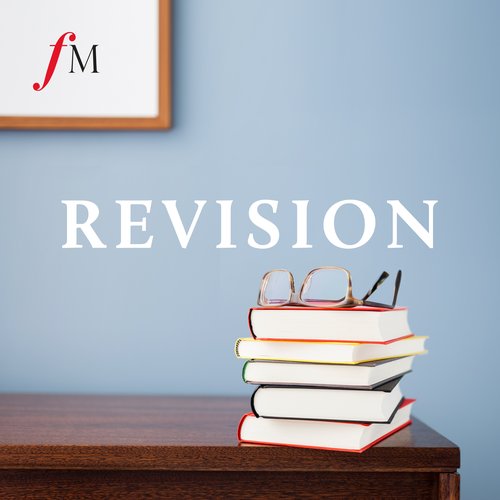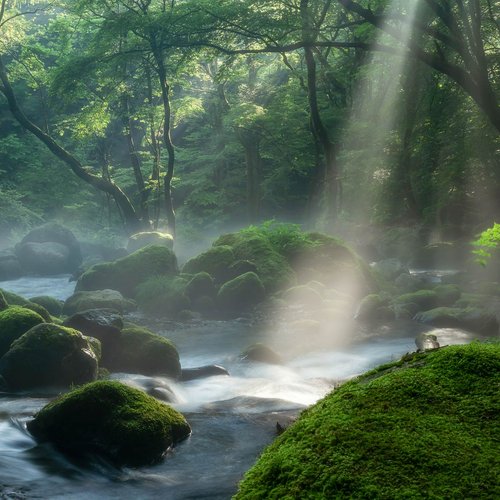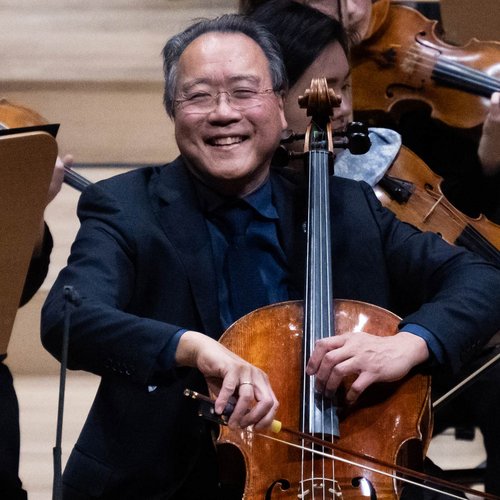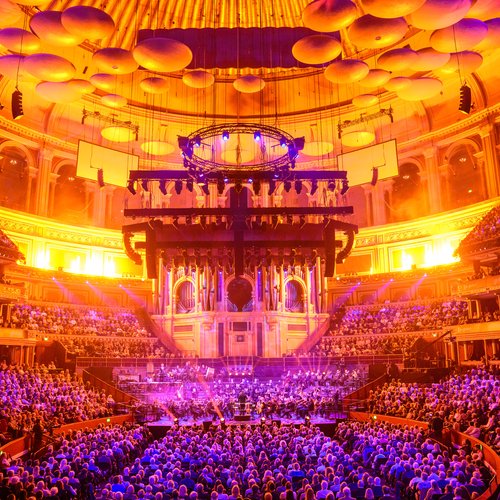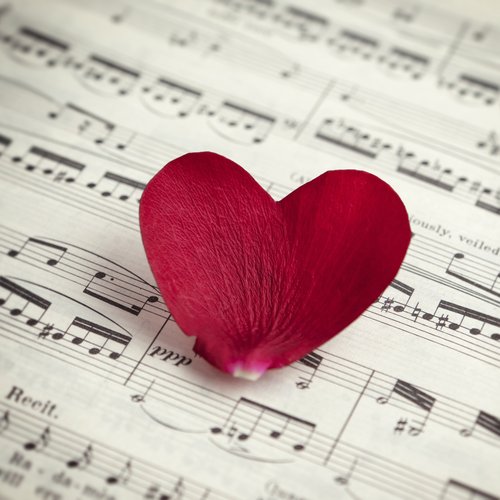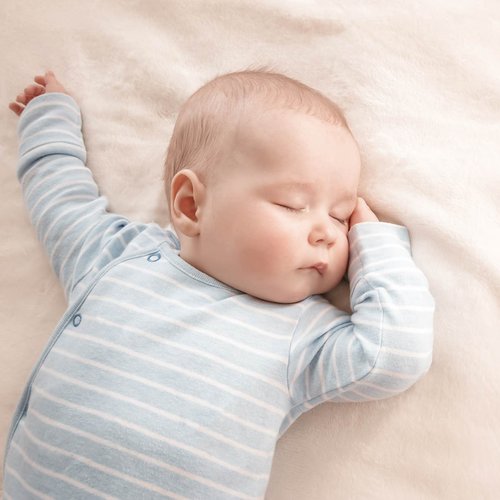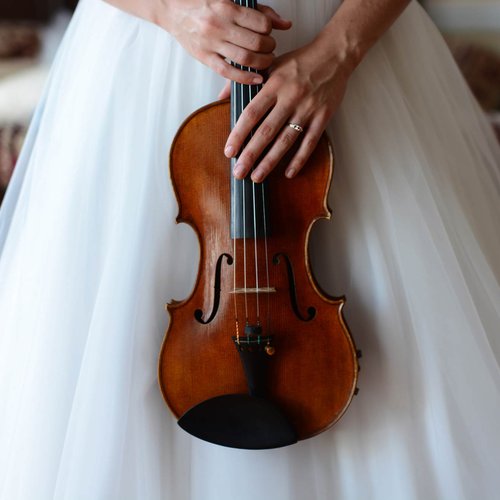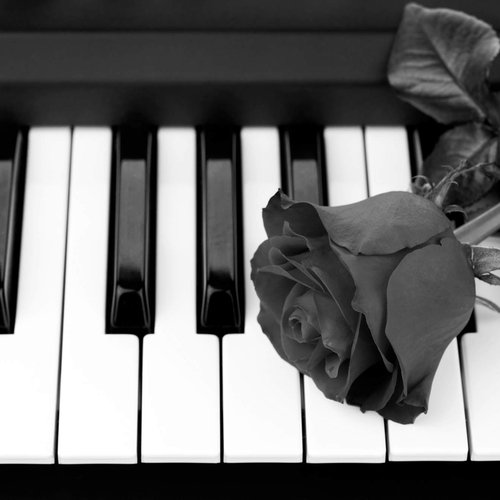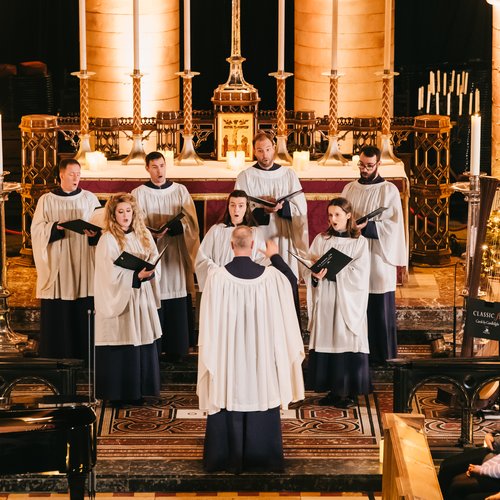The 4 eras of classical music: a quick guide
6 January 2022, 17:08 | Updated: 10 January 2022, 18:27
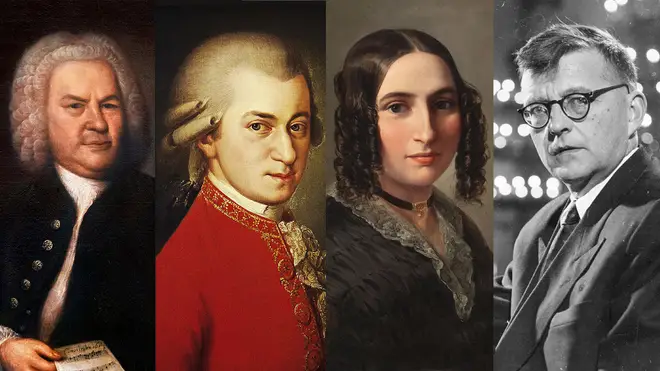
With centuries of history to consider, it can be easy to get in a bit of a twist when it comes to the various eras of Western classical music. Here’s a quick guide to the four key periods we usually learn about in music theory: Baroque, Classical, Romantic, 20th Century and beyond.
Listen to this article
The Baroque era (c. 1600–1750)
The Baroque era spans from around 1600 to 1750, and includes music by the likes of Bach, Vivaldi, Francesca Caccini, Handel and Purcell.
The era was a busy time for musical development. Composers and musicians were experimenting with new musical styles and different ways to write down their music. They also began to agree on a system for tuning instruments which made it easier to play together.
One of the most defining elements of Baroque music is the harpsichord, an early keyboard instrument which plucked strings to make its distinctive sound.
The Baroque era also gave rise to new musical styles, introducing the concerto, sonata, and opera. Dance suites were in vogue, inspired by music for dancing but actually intended for listening.
Improvisation is common in Baroque music. Composers often did not specify performance directions, allowing the performer to devise their own dynamics, phrasing and ornaments on the spot.
Some Baroque music can be quite complex with more than one melody being played at the same time, also known as polyphony. This is common in much of the keyboard music of the time, and is found in a lot of Bach’s most popular work.
Read more: 10 of the best Baroque composers

Bach’s Toccata and Fugue in D minor played by violist Lech Antonio Uszynski
Instruments began to be grouped together in more standard ways during the Baroque era, creating the first versions of the modern orchestra. Wind and brass instruments had limited ranges and could only play in certain keys. The Baroque era is also home to some wonderfully named instruments, such as the sackbut and the hurdy-gurdy.
The Classical era (1750–1830)
We use ‘classical music’ (small C) as an umbrella term for Western instrumental, orchestral and choral music. But the Classical (big C) era specifically refers to music composed between 1750 and 1830.
Classical era music is sometimes even referred to as ‘Viennese Classicism’. The city was a bustling hub of musical activity at the time, home to Gluck, Haydn, Salieri, Mozart, Beethoven and Schubert.
Leaps and bounds were made in the development of musical instruments during the Classical period. The harpsichord was replaced by the piano as the most common keyboard instrument and was no longer the musical foundation of the orchestra. Instead, Classical orchestras looked far more like those we know and love today, with clarinets, oboes, flutes, horns and trumpets joining the strings to create a far richer sound.
With more advanced instruments able to take on better solo lines, more emphasis was placed on melody. Composers became more specific about how their pieces were performed, writing in instructions for dynamics and ornaments.
Sonata and symphony styles flourished, along with the new string quartet form. Solo instrumental concertos rose in popularity as concerti grossi (concertos for more than one soloist) became less common. The sinfonia concertante form remained popular, however, championed by Joseph Bologne, Chevalier de Saint-Georges and Mozart.
Towards the end of the Classical era, musical styles began to shift and change. Beethoven heralded in the new era of Romanticism, defying the traditions passed down by his teacher, Haydn, and becoming more ambitious and inventive.
Read more: 10 of the best Classical era composers

Buskaid: Symphonie Concertante in G major - Allegro - Chevalier de Saint-George
The Romantic era (c. 1830–1900)
Despite its name, the Romantic era isn’t known for its romance. Composers during this era wrote increasingly emotive and intense music inspired by nature, literature, and poetry.
Alongside Beethoven, a host of other German composers were at the frontline of the genre including Brahms, Felix and Fanny Mendelssohn, Carl Maria von Weber, and Robert and Clara Schumann.
Read more: Who was Fanny Mendelssohn, the unsung composer whose music was published under her brother’s name?
While still rooted firmly in tonality, for the most part, composers began to experiment with more chromatic writing, borrowing notes from other keys to create more interesting and adventurous harmonies.
Further instrument developments allowed for increasing virtuosity and longer, more complex phrases. And composers began to write more new musical forms, such as symphonic poems, song cycles, nocturnes and arabesques.
Orchestras flourished during this era, expanding dramatically in size with as many as 120 players called for by Wagner. The sound produced by symphony orchestras was richer than ever before, with virtuosic writing and extended ranges for instruments at both ends of the scale thanks to the addition of piccolos and E flat clarinets in the higher register, and low brass instruments such as trombones and tubas at the lower end.
Romantic composers took inspiration from wherever they could find it, and many began to write ‘programmatic music’ – musical descriptions of a story or setting, such as Beethoven’s ‘Pastoral’ Symphony No. 6 describing countryside scenes. Many were also inspired to write music about their homelands, such as Sibelius’s Finlandia or Smetana’s set of six programmatic symphonic poems, Má vlast, meaning ‘My Homeland’.
Read more: 10 of the best Romantic composers in classical music history
Towards the end of the era, composers continued to experiment and push boundaries. Their music became increasingly genre-defying until around the turn of the century, when classical music was set for one of its biggest changes to date.
20th Century and beyond (1900s onwards)
Around the turn of the century, musical styles under the ‘classical’ umbrella began to diversify and splinter off into sub-genres more than they ever had before. Divisive political climates across the world and huge technological advancements motivated composers to create new musical styles in reaction to their circumstances.
The 20th Century era of classical music saw the birth of modernism, impressionism, serialism and minimalism, further influence from non-classical styles such as jazz, and even experiments with recorded sound.
The global politics of the 20th century, particularly those in Europe, had a large impact on the musical output of Western classical composers. The Soviet and Nazi regimes placed strict expectations on their nation’s composers, blacklisting those who did not conform. Composers such as Hindemith and Shostakovich wrote music that is rife with political subtext, having been forced to write in styles deemed ‘acceptable’ by their governments in order to avoid persecution.
Read more: 10 of the best 20th-century composers
Read more: Dmitri Shostakovich: Symphony No.5 in D minor

Shostakovich // Symphony No 5, IV. Allegro non troppo | Michael Tilson Thomas
The 20th Century also saw a complete diversion from tonality in the works of some composers, with Schoenberg developing his 12-tone system for composition rather than sticking to traditional keys. This system was continued by two of his students, Berg and Webern.
Music composed by introducing mathematical elements of chance to decide on notes and rhythms, otherwise known as ‘process music’, became popular with John Cage, Karlheinz Stockhausen, Philip Glass and Steve Reich.
Read more: How I Wrote... Clapping Music – Steve Reich
Composers such as Mahler, Strauss and Sibelius signalled the transition from the Romantic era to the 20th Century, experimenting with the popular symphonic forms and pushing boundaries. Meanwhile, Debussy was in France cultivating the beginning of the Impressionist movement, although he rejected the term.
Towards the end of the Century and into the 21st, film and video game music have gained popularity, with composers such as John Williams, Hans Zimmer and Nobuo Uematsu heralding in a new era for orchestral and choral music.


















